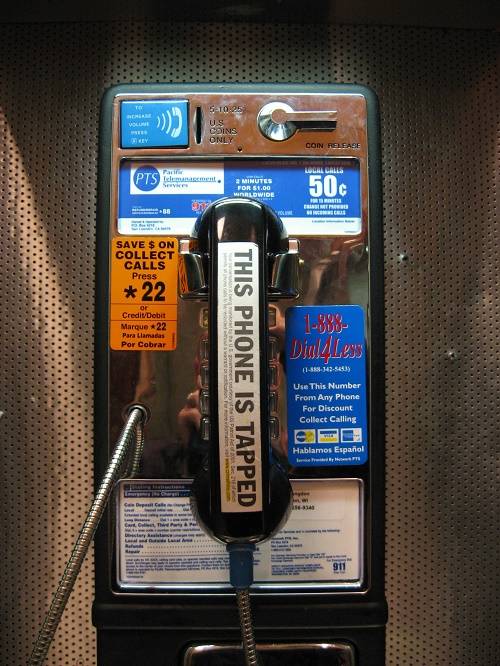
The Bellingham Herald reports that the Bellingham Police Department is applying for a federal grant to buy a rapid DNA machine. The hope is that it will help solve crimes without the current delays of up to a year at the state lab.
A rapid DNA machine can produce results in 90 minutes to two hours, Bellingham Police Chief Rebecca Mertzig told the Bellingham City Council at a meeting Monday night. Mertzig said the machine could be useful in two ways:
▪ In a criminal investigation, the results of DNA evidence from a suspect or person of interest at a crime scene could be entered into a national database to check quickly for a match to a convicted criminal.
▪ For victims, it could provide faster identification of unrecognizable human remains.
“We would use this to generate investigative leads. It does not replace traditional DNA processing, so if we were to get a match during this rapid DNA system, we would still send a sample to the lab for comparison testing using the traditional way,” Mertzig said. “Arrests are not made solely on rapid DNA identification. We’d have to have other evidence, and the standard is still probable cause in order to make an arrest.”
WHAT IS A RAPID DNA MACHINE?
Rapid DNA, or Rapid DNA analysis, is a fully automated process of developing a DNA profile from a mouth swab. This happens in 1-2 hours—without the need for a DNA laboratory or any human intervention and review.
The technology enrolls a qualified arrestee’s DNA profile in CODIS/NDIS during the booking process. NDIS is the national level of the CODIS system. The arrestee is searched against all unsolved crimes within 24 hours.
In addition to searching CODIS, arrestees are searched against the DNA Area of Special Concern (DISC). The DISC contains complete crime scene profiles from unsolved homicides, sexual assaults, kidnappings, and terrorism incidents. DISC profiles can be searched in near real time during the booking process.
A match to a DISC profile will result in an immediate notification to the booking agency, arresting agency, and investigating agency. This technology allows law enforcement to receive investigative leads while an arrestee is still in custody, possibly preventing additional violent crimes.
THE ACLU’S ARGUMENT AGAINST RAPID DNA MACHINES
According to the ACLU, the design and use of these machines are largely unregulated. That should be cause for concern for several reasons. First, Rapid DNA machines are likely to increase the risk of misidentification and wrongful conviction. Second, “cheap and easy to use” machines are a perfect recipe for overuse, particularly when it comes to sensitive technologies in the hands of the government.
Third, Rapid DNA machines are likely to encourage the growth of government DNA databases, putting some of our most sensitive information in government hands. Fourth, the easy availability of DNA testing through these machines is likely to exacerbate existing problems with the criminal justice system. These problems include racial disparities in DNA collection that exist because our criminal justice system disproportionately suspects, arrests, and convicts people of color.
Please contact my office if you, a friend or family member are charged with a crime involving DNA. Hiring an effective and competent defense attorney is the first and best step toward justice.















